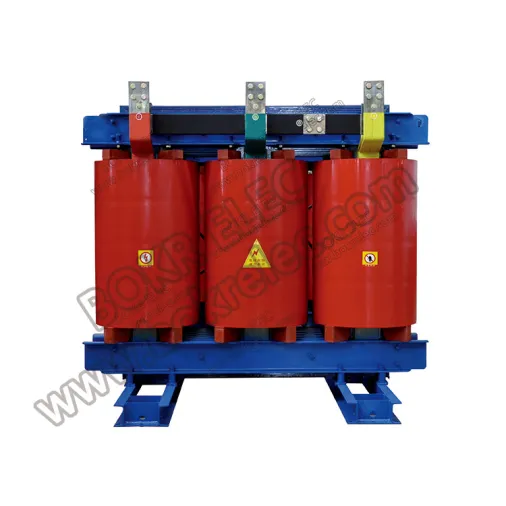Factors to Consider when Choosing a Dry Type Power Transformer
Factors to Consider when Choosing a Dry Type Power Transformer
When selecting a dry type power transformer, it is essential to consider the following factors:
a. Power Rating
Determine the power rating required for your specific application. This will ensure that the transformer can handle the electrical load and provide efficient operation.
b. Voltage Rating
Consider the voltage levels involved in your electrical system. The transformer should be rated to match the input and output voltage requirements to ensure compatibility.
c. Environmental Conditions
Assess the environmental conditions of the installation site. Factors such as temperature, humidity, and dust levels can influence the performance and lifespan of the transformer. Choose a transformer with suitable environmental ratings to ensure optimal operation.
d. Standards and Certifications
Check if the transformer complies with relevant industry standards and certifications. This ensures that the transformer meets safety and performance requirements.

Maintenance and Safety Considerations for Dry Type Power Transformers
Although dry type power transformers require minimal maintenance, certain precautions should be taken to ensure their longevity and safe operation. Here are some maintenance and safety considerations:
Regular visual inspections to identify any signs of damage or degradation.
Cleaning the transformer to remove dust and debris that may hinder heat dissipation.
Monitoring temperature levels to prevent overheating.
Periodic testing of insulation resistance and dielectric strength.
Following manufacturer-recommended maintenance schedules.
Comparison between Dry Type and Oil-Filled Power Transformers
While both dry type and oil-filled power transformers serve similar purposes, they differ in terms of construction, performance, and applications. Here's a comparison between the two:
| Dry Type Power Transformers | Oil-Filled Power Transformers | |
|---|---|---|
| Insulation Material | Solid materials such as epoxy resin | Transformer oil |
| Cooling Method | Natural convection or forced air circulation | Immersed in transformer oil for cooling |
| Fire Resistance | High | Moderate |
| Maintenance | Low | Moderate to High |
| Application | Indoor installations | Outdoor and indoor installations |
Emerging Trends in Dry Type Power Transformer Technology
The field of dry type transformers is witnessing several advancements to meet evolving energy needs. Some of the emerging trends include:
Improved efficiency and energy savings through innovative designs and materials.
Integration of smart technologies for remote monitoring and predictive maintenance.
Development of eco-friendly insulation materials to enhance sustainability.
Miniaturization and higher power density for space-constrained applications.
Environmental Benefits of Dry Type Power Transformers
Dry type power transformers offer several environmental benefits compared to oil-filled transformers:
Reduced risk of oil leaks and spills, minimizing the environmental impact.
Elimination of toxic substances, making them environmentally friendly.
Energy-efficient designs contribute to lower greenhouse gas emissions.
Recyclable materials used in the construction, promoting sustainability.
Conclusion
Dry type power transformers provide a reliable, safe, and eco-friendly solution for power distribution. Their superior fire resistance, low maintenance requirements, and versatility make them suitable for a wide range of applications. As the demand for energy-efficient and sustainable solutions continues to grow, dry type transformers are poised to play a vital role in the future of electrical infrastructure.

